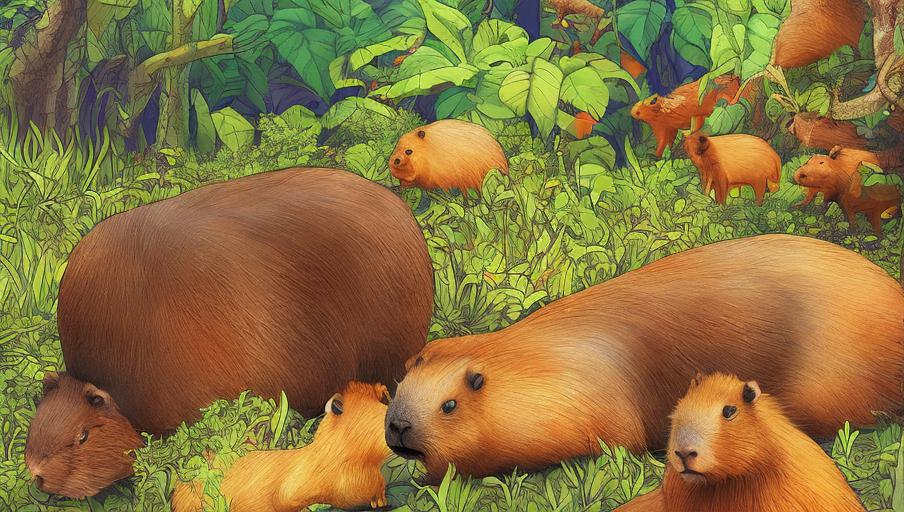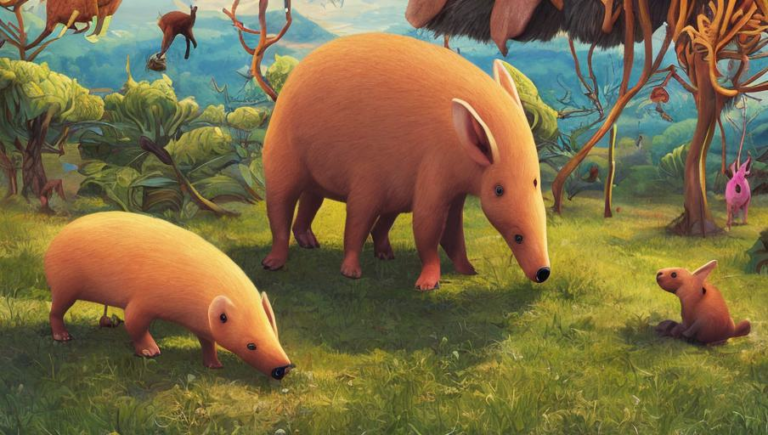Mapping the Migration of the Capybara

Introduction to the Capybara
The capybara, also known as the giant guinea pig, is a large rodent found in Central and South America. It is the largest living rodent in the world, weighing up to 140 pounds and standing up to four feet tall. It is semi-aquatic and can be found in wetland areas, such as rivers and streams. The capybara is a herbivore, feeding on grasses, aquatic plants, fruits, and tree bark. It is also an excellent swimmer and can remain underwater for up to five minutes!
Migratory Patterns of the Capybara
The capybara is an incredibly adaptable creature and can be found in a variety of habitats, including forest, savanna, and grassland. It is also a very mobile species and can travel large distances in order to find food and water. The capybara is known to migrate seasonally, moving from wetland areas to drier areas in order to find food and avoid predators. The capybara is also known to form large herds, which can act as a form of protection from predators.
Tracking Capybara Migration
Despite the fact that the capybara is a migratory species, there is still much that we don’t know about its migration patterns. Conservationists are now using technology to track the roaming habits of the capybara, in order to better understand its behavior and how it is affected by environmental changes. By attaching tracking collars to individual animals, scientists are able to monitor the movements of the species and map its migration patterns in real time. This information can then be used to inform conservation efforts and ensure the species’ survival.
Conclusion
The capybara is an incredibly fascinating species, and one that is in need of conservation and protection. By understanding the species’ migratory patterns and behaviors, scientists can better understand how to protect it from threats. Thanks to tracking technology, we now have a better idea of the species’ movements, and can use this information to inform conservation efforts and ensure its survival.





